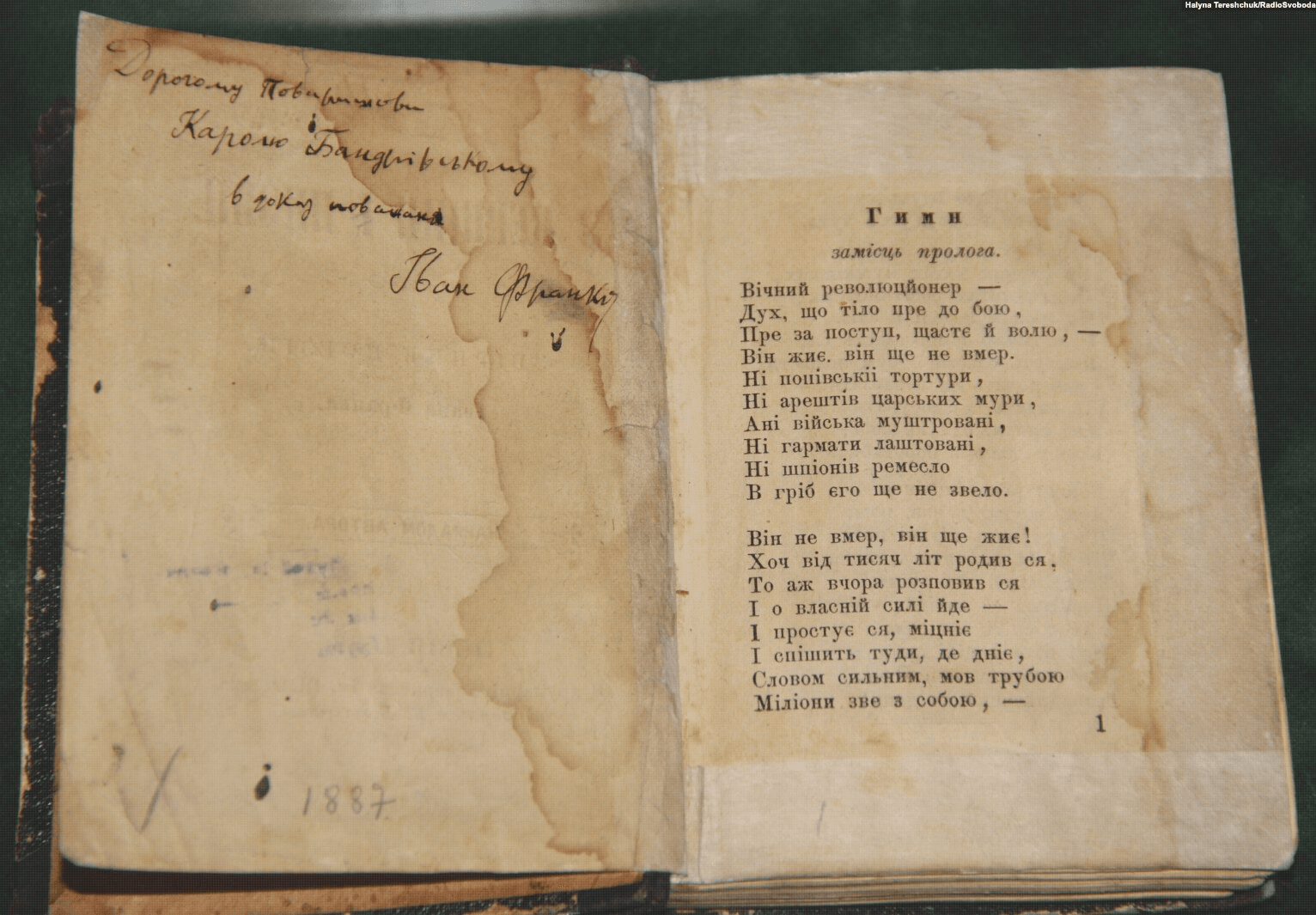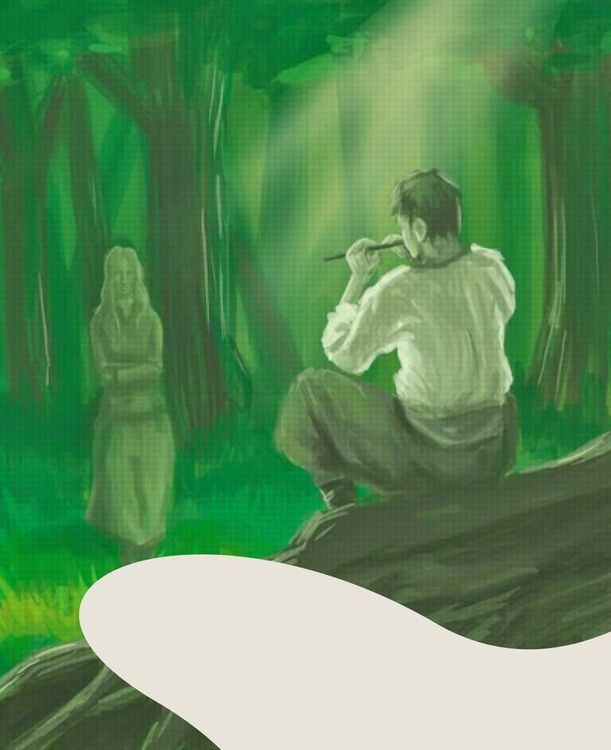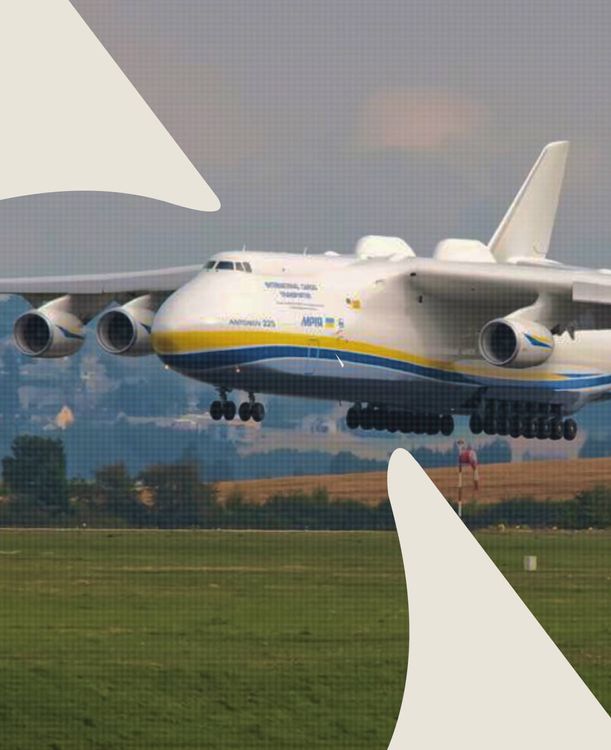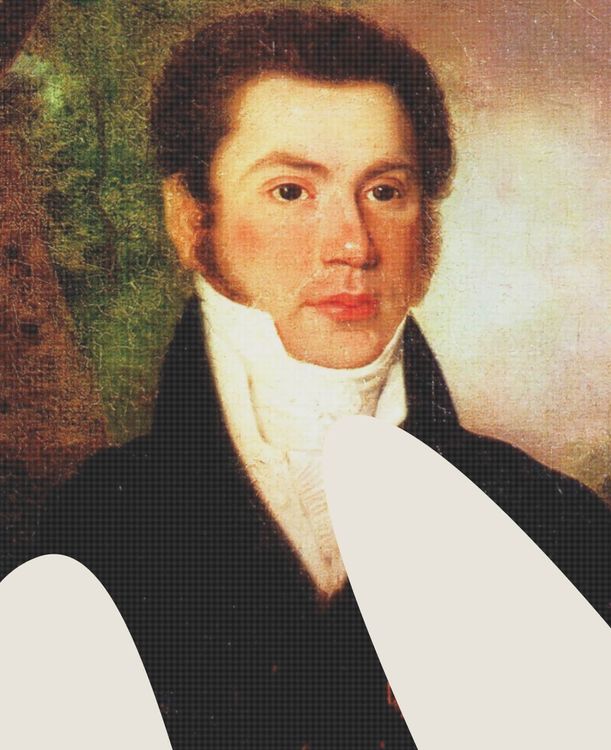Ivan Franko

Ivan Franko, the genius of Ukrainian literature, was a nominee for the Nobel Prize. He nurtured ideas of unity and prosperity for the Ukrainian nation.
1856–1916
Fonts:
Kamenyar (Medium)
Designer:
“We must learn to feel that we are Ukrainians - not Ukrainians from Halychyna (Galicia) or Bukovyna, but rather Ukrainians without limits and borders,” declared Ivan Franko.
He is often referred to as the “Ukrainian Kameniar” (Ukrainian stonemason), remembered for his historical novel Zakhar Berkut, and his poem Vichnyi Revolutioner (The Eternal Revolutionary) which is quoted all over the world. Franko is the author of about 6,000 literary works, including 10 poetic collections, 1 collection of poems (a total of 50), 10 major prose works, and about 100 short stories, along with over 3,000 journalistic articles.
Ivan Franko was born on August 27, 1856, into a peasant blacksmith’s family. From a very young age, he showed extraordinary talent and an exceptional memory, as mentioned in his autobiographical letter: “I practically memorized all of Shevchenko’s works (my memory was so sharp that after the teacher delivered an hour-long history lecture, I could repeat it to my classmates almost word for word!)”
After completing his education at the Drohobych Gymnasium, he continued his studies at Lviv University, and later at Chernivtsi University, where he received higher education. Later, at the University of Vienna, he successfully defended his doctoral thesis titled “Barlaam and Josaphat, an early Christian spiritual novel and its literary history.” When Ivan Franko was 20 years old, the world saw his first poetry collection, Baliady i rozkazy (Ballads and Stories). By the way, in his creative work, the poet used around a hundred pseudonyms and cryptonyms, including Dzhedzhalyk, Ruslan, Myron, Nevidomyi (Anonym), Ivan Zhyvyi (Ivan Alive), Ne-Teofrast, Odyn z molodizhy (One of the youth), Odyn z Rusyniv mista Lvova (One of the Rusyns in Lviv), Vivus, and many others.

Franko went through three arrests. After the second one in 1880, he barely survived starvation. Despite this, he stood out for being incredibly hard-working and talented: he wrote in Ukrainian, German, Polish, Russian, and Bulgarian, and was fluent in 14 languages.
Ivan Franko auto-translated many of his works. According to scholars’ estimates, he published over 1150 articles in Polish and around 150 in German during his lifetime. No wonder contemporaries referred to him as a “one-person academy.”
In addition to being a renowned poet, playwright, novelist, philosopher, folklorist, historian, translator, and ethnographer, Ivan Franko was also a prominent public figure. In 1890, he became the leader of the first Ukrainian political party, the Ruthenian-Ukrainian Radical Party. He was also among the first to support the Ukrainian feminist movement, particularly the publication of the women’s almanac called Pershyi vinok (The First Wreath), which was compiled by Natalia Kobrynska and Olena Pchilka.

Some historians argue that Franko was the first in the history of Ukrainian literature to advocate for the idea of a unified Ukrainian state.
As early as the 19th century, he firmly believed that the Ukrainian nation could become stronger and influential only through the unification of the territories of Dnipro Ukraine (central-northern part of Ukraine) and Western Ukraine. At the same time, the poet understood that creating a strong country would be impossible without an educated Ukrainian society. Therefore, in his civic and political activities, he acted as a writer, a poet, and a journalist.
Ivan Franko was the first nominee from Ukraine to be considered for the Nobel Prize in Literature. His nomination was put forward by Viennese scholar Josef Zastyrets in 1915, but the letter only arrived after the list of nominees had already been finalized. In 1916, Ivan Franko passed away, and according to the Nobel Committee rules, the prize was only awarded to living nominees.
Ivan Franko, by vocation, was a poet and philosopher, but it was impossible for him to stay just a writer when Ukrainians were under oppression.
He willingly took on any work he deemed useful for the rise of the Ukrainian nation. Many of his creative plans remained unrealized because of his activities, which he bitterly recalled in his poetry.
Yet, it is his passion for developing national consciousness that allows us to say that Ivan Franko was not only a great writer but also an outstanding son of Ukraine.
Fonts:
Kamenyar (Medium)
Next letter and event

Ivan Franko
this project
in social
“Shchedryk” (The Little Swallow)

1991 Ukrainian Independence Referendum

Peresopnytske Yevanheliie (The Peresopnytsia Gospel)


The Trident of Volodymyr the Great


Danylo Halytskyi


Falz-Fein and his “Askania Nova”

Lisova Pisnia (The Forest Song)

Volia — collective concept, most often translated as Freedom

Peresopnytske Yevanheliie (The Peresopnytsia Gospel)

Ivan Franko

Zaporizka Sich (The Zaporizhian Host)

1991 Ukrainian Independence Referendum


Falz-Fein and his “Askania Nova”

Lisova Pisnia (The Forest Song)

Zaporizka Sich (The Zaporizhian Host)

Creative & Tech Online Institute
Медіа про дизайн, креатив і тех індустрії

Ukrainski sichovi striltsi (The Ukrainian Sich Riflemen, or the USS)

Chornobyl Disaster

“Shchedryk” (The Little Swallow)

Zaporizka Sich (The Zaporizhian Host)

“Yoi, nai bude!” (Ah, let it be!)

Holodomor


Ukrainski sichovi striltsi (The Ukrainian Sich Riflemen, or the USS)

Antonov AN-225 Mriya ("The Dream")

“Smilyvi zavzhdy maiut shchastia” (“The brave always have happiness”)


Aeneid by Ivan Kotliarevsky

Peresopnytske Yevanheliie (The Peresopnytsia Gospel)

“Plyve kacha po Tysyni...” (“Swims the duckling, on the Tysa...”)

Holodomor

“Shchedryk” (The Little Swallow)

Volia — collective concept, most often translated as Freedom



